What Are Bad MAP Sensor Symptoms and How to Detect?
Get to know the bad MAP sensor symptoms to prevent severe issues as it significantly affects the overall performance of the engine.
Opening
Manifold Absolute Pressure Sensor, commonly known as MAP, is part of an engine’s electronic regulatory system. The main purpose of this sensor is to create optimum combustion in the engine.
As it has a critical role to play in the engine’s working, therefore it is equally important to follow its maintenance guides. However, sometimes due to the Faulty Manifold Pressure Sensor, the fuel control activity gets disturbed. Thus, it affects the overall performance of the engine.
Therefore, to detect such issues at an early stage, it is important to consider the bad MAP sensor symptoms.
What Does A MAP Sensor Do?
As the name says, the Manifold pressure sensor, which means it, calculates the pressure inside the manifold. In detail, the main work of this sensor is to provide manifold pressure information to the PCM.
Next, the Powertrain Control Module uses this data to determine the amount of fuel injection in the cylinders. Moreover, it is also helpful in controlling the ignition timing, which further prevents spark and thus, protects the engine from any damage.
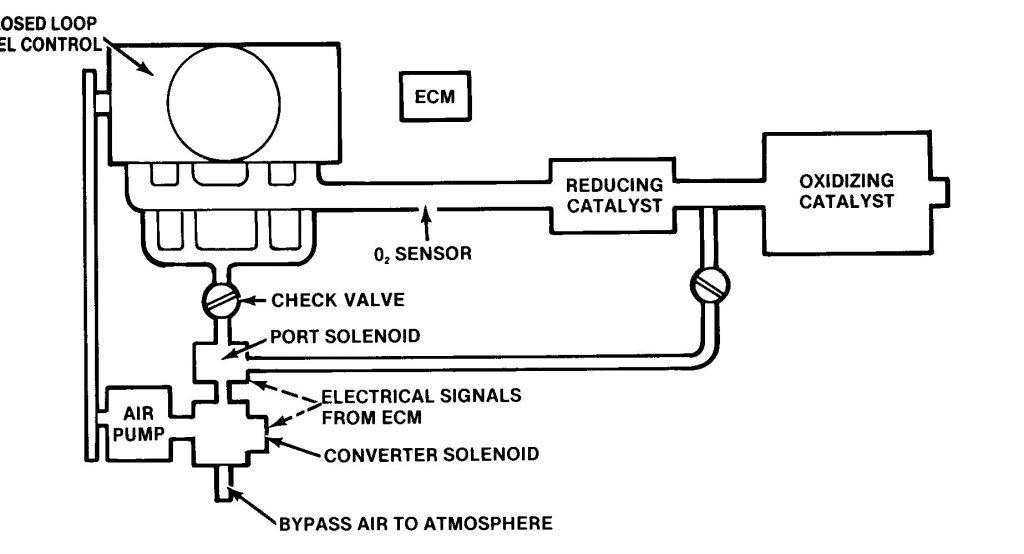
Bad MAP Sensor Symptoms: Detecting The Issues
The symptoms of a failing manifold pressure sensor are similar to the problems of low compression or improper fuel injection.
These problems need to be detected beforehand, for avoiding any severe damage to the engine and its performance. So, here are certain defects of MAP sensor issues, which you can look for.
Increased Emission From The Vehicle
When the Manifold Absolute Sensor signals the high load of the engine to the PCM, it increases the release of fuel into the cylinders. Because of this, the economy of the fuel reduces.
Thus, in turn, it causes the emissions of certain chemical components like carbon monoxide and hydrocarbon, which further increases smog in the surrounding atmosphere.
Problem With The Emission Test
To detect the bad map sensor symptoms, it is highly recommended to get the vehicle check consistently through an emission test.
If the test depicts a large amount of NO, hydrocarbon production alongside low CO2 and high levels of carbon monoxide through the tailpipe then, it indicates the issue with the MAP sensors in the system.

Power Deficiency Into The Engine
The map sensor is responsible for signaling the manifold pressure to the PCM. However, if the sensor calculates the depressed load in the engine then, it automatically affects all the further functioning of the engine.
For more, if PCM records low engine load then, it would surely reduce the fuel injection into the cylinders of the engine. Of this, the engine won’t remain powerful enough to give the desired output.
No doubt, it will increase the fuel economy but on the other hand, it will increase the temperature of the combustion chamber, thus leading to an increase in the Nitrogen Oxide, which is one of the vital constituents of smog.
SEE MORE:
Acceleration Issues
One of the signs of a bad MAP sensor is acceleration issues. As you are driving your car and putting your foot on the gas pedal, you might observe your car hesitating or jerking when accelerating faster.
In bad situations, if you keep giving it gas under these conditions, your car will die altogether. So in these cases, the best solution you should do for your car is to bring it to a repair shop as soon as possible.
If you don’t do that, your car will become worse and worse and cause you to get stranded somewhere unpleasant.
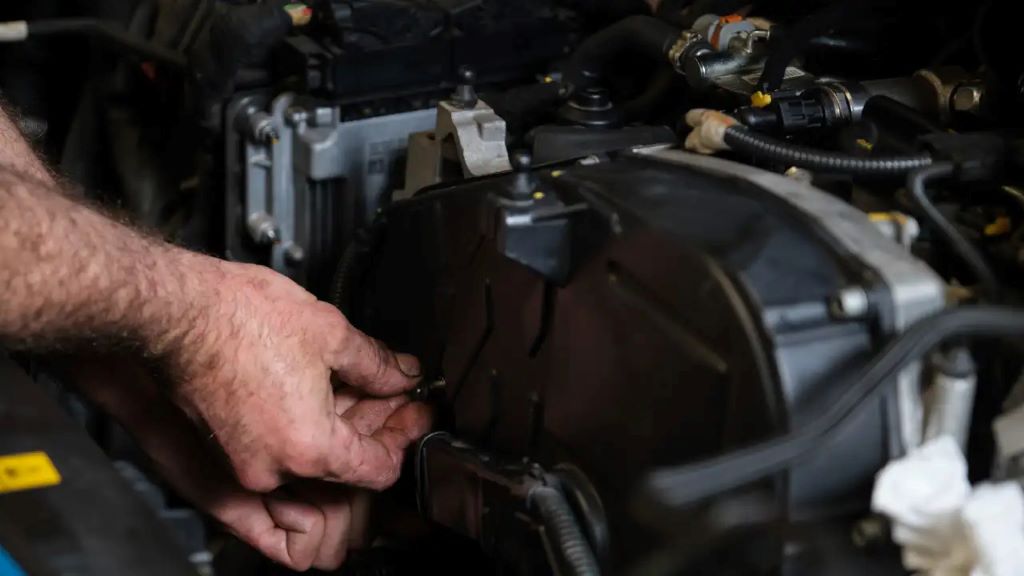
Strange Smell
A strange smell is one of the faulty map sensor symptoms you should know. A bad MAP sensor will cause the wrong amount of air and fuel to be mixed in the combustion chamber.
Sometimes there will be a little amount of air and fuel mixed in there while other times, there will be too much of them mixed in there. This improper amount of fuel mixture will create a very strange gas smell.
You will notice this weird smell in the car after your engine has been operating for 2-3 minutes.
Check Engine Light
While driving, the engine control unit continually analyzes all of the sensors in your automobile engine. If a reading of one of these sensors is outside of the specified range, the check engine light will illuminate.
As a result, if your MAP sensor gives incorrect data to the engine management unit, the check engine light will illuminate on your dashboard.
If your check engine light has come on, below is a list of codes related with the MAP sensor to search for:
- P0068: Throttle Position Correlation
- P0069: Correlation of Manifold Absolute Pressure and Barometric Pressure
- P0105: MAP Circuit Failure
- P0106: MAP/Barometric Pressure Circuit Range/Performance Issue
- P0107: Low Input Manifold Absolute Pressure/Barometric Pressure Circuit
- P0108: High Input MAP Pressure Circuit
- P0109: Intermittent MAP / Baro Pressure Circuit
- P1106: MAP/BARO Pressure Circuit Range/Performance Issue
- P1107: Low Voltage Barometric Pressure Sensor Circuit
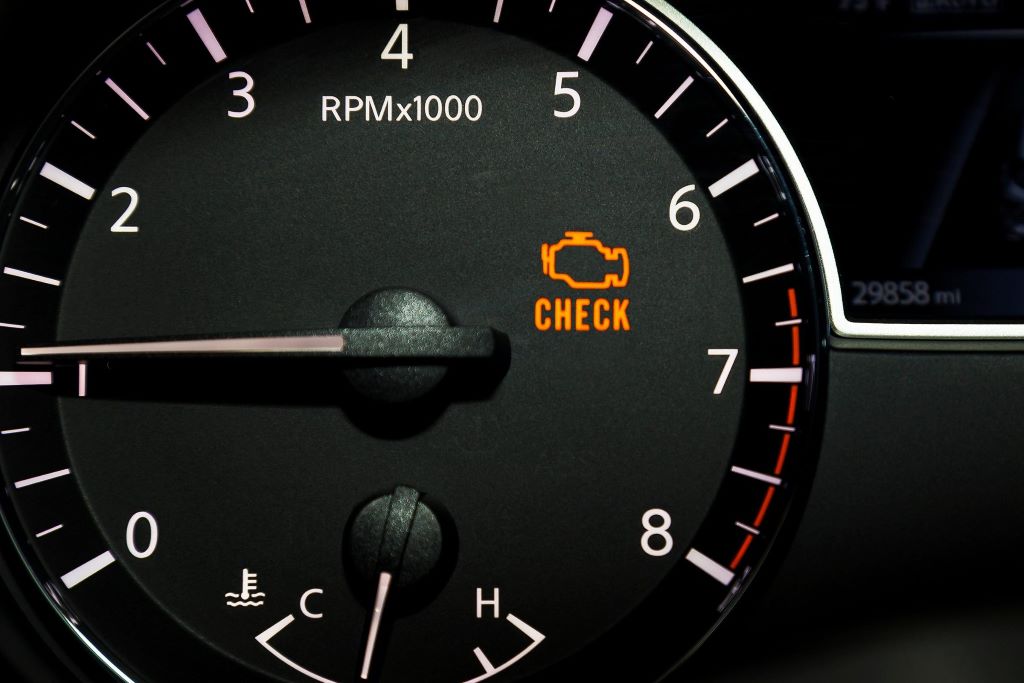
Please keep in mind that these codes might be set by defective sensors or other components. Even if your engine exhibits the symptoms described above and displays one or more of the OBD-II codes listed, it is suggested that you test the MAP sensor to determine if it is defective.
Under-standard Air-Fuel Ratio
The MAP sensor is in charge of measuring the air pressure inside the intake manifold to calculate the standard air-fuel ratio for the ignition of your car engine.
In case the MAP sensor is at fault, it may cause your engine to receive a too-lean air-fuel ratio mixture. And just so you know that lean mixture like this can create many weird-like signs for your car engine.
On the other hand, MAP sensor problems can also lead to excessive fuel injection into your engine while sending a faulty signal to the whole system. In detail, if encountering this issue, your fuel consumption can go up high, causing driving problems.
Hesitation or Stalling or Rough Idle
This failing map sensor function can be daunting since it’s related to the engine performance. When the car is in idle, things may be more complicated.
Many other problematic parts can also cause this, therefore it should be fully evaluated before replacing the MAP sensor.
Misfires
Misfires happen when the combustion process within the engine cylinder fails, highlighted among bad map sensor symptoms. This can occur as a result of an incorrect air-fuel combination or a faulty spark.
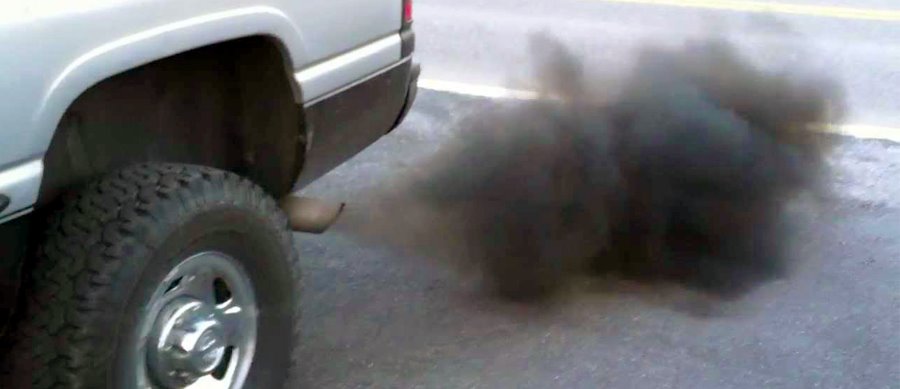
Listening to your engine might help you detect misfires. Misfires may be to blame if you hear little bumps or if it doesn’t sound as it typically does.
Backfires
Backfires occur when the gasoline in your engine is not properly combusted. If the fuel in the combustion chamber is not ignited, it may wind up in the exhaust pipe.
As you can expect, the exhaust pipe gets extremely hot, which might ignite the air-fuel combination within. This may result in loud bangs from the exhaust system, which may cause your mufflers, etc., to burst.
If you’re unlucky, it might also cause your automobile to catch fire.
Unusual Fuel Consumption
Among symptoms of bad map sensor, unusual fuel consumption is understandable since the sensor is working improperly.
A defective air-fuel combination created by a malfunctioning MAP sensor will, of course, influence the fuel consumption. If you observe that your automobile is using less or more gasoline than usual, it might be due to a defective MAP sensor.
How To Fix A Bad MAP Sensor?
As a functional MAP sensor plays an important role in the maintenance of your car. If you mistrust that there is an issue with your MAP sensor, here are some elements you should check before bringing your car to an auto shop to replace the sensor.
Hose
In some cars, a hose is used to link the intake manifold and the MAP sensor. So you should know whether the MAP sensor hose is intact and connected or not.
In addition to checking the MAP sensor hose, you also need to check that the port is free of debris and carbon deposits, which can block the hose and result in wrong MAP sensor readings.
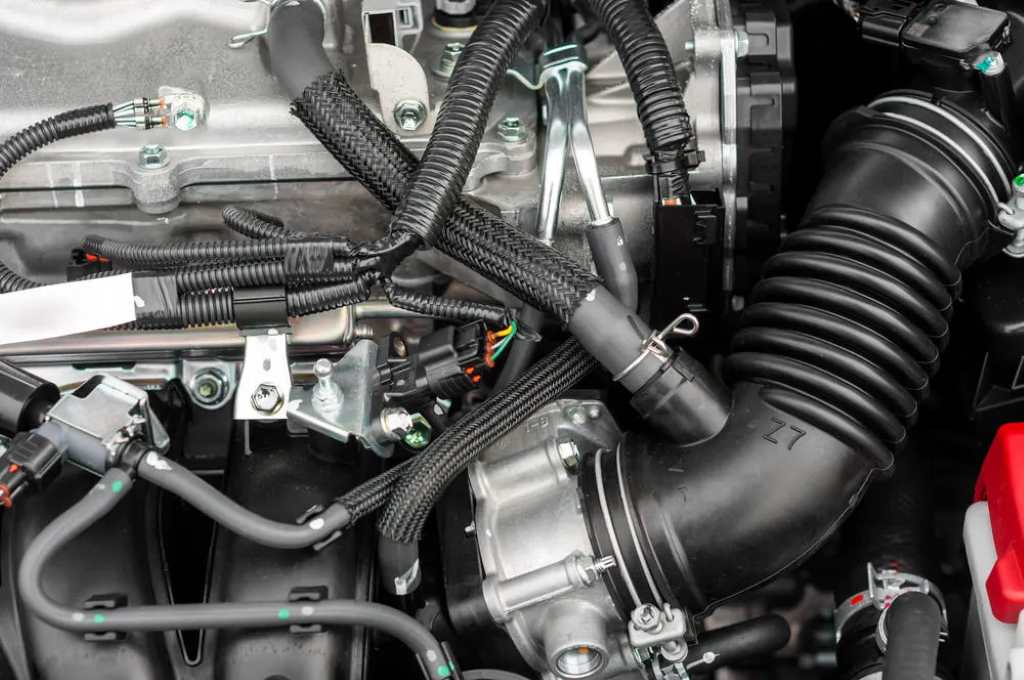
Electrical
Check the wiring and connector. The wiring between the MAP sensor and ECM should be intact. Chafing could result in short circuits and breaks could result in open circuits.
Similarly, the connector should be securely connected, and the pins should be straight and clean. Bent pins and corrosion can cause MAP sensor signal problems.
Sensor
If the sensor is installed correctly, both to the intake manifold and electrically, use a vacuum gun and a voltage meter or a scan tool to check MAP sensor output.
Then you will have to look up a chart to measure voltage against full vacuum and no vacuum. If the chart gives a result that is not similar to the MAP sensor output, it’s time to replace the sensor.
How To Replace A Bad MAP Sensor?
The steps to replace a failed sensor vary from one vehicle to another. However, some basic procedures are almost the same and you can take these notes below as your reference for the next replacement project.
Remember that if you have less experience to mechanic self-projects, consult and ask a professional about any details to perform the smoothest procedures.
- The MAP sensor should be located on the intake manifold, either close to or on top of the throttle body, or on the intake manifold itself.
- Remove any screws or nuts holding the sensor in place.
- Disconnect the electrical connection. Avoid using force to remove the connector since it may contain a locking tab that must be removed before it can be unlatched from the sensor.
- If necessary, disconnect the vacuum hose from the sensor. The suction pipe should be replaced with a new hose.
- Examine the distinctions between the new and old sensors.
- If required, reconnect the suction hose.
- Reconnect the sensor’s electrical connection.
- Any screws or nuts keeping the sensor in place should be replaced.
- Check each connection to make sure they are stable.
Check out this video from DA64W DIY to learn more about how to test MAP sensor with multimeter.
FAQs on MAP Sensor
-
How much does it cost to repair or replace a faulty MAP sensor?
Depending on the automobile type and labor expenses, the typical MAP sensor replacement cost can be between $50 and $180. Labor ranges from $20 to $80, while the sensor itself ranges from $40 to $130.
Most MAP sensor replacements are pretty simple, and you can perform it yourself at home on most car models. You may easily save money by doing it if you have a little automobile expertise.
-
What happens when your car shows several bad MAP sensor symptoms?
When a MAP sensor crashes, it can lead to a variety of problems with the fuel system and vehicle performance.
An incorrect sensor reading will force the computer to adjust the quantity of fuel it supplies, robbing the engine of power or causing it to operate badly.
-
What happens if you unplug a MAP sensor?
Fuel supply will be excessive with the MAP sensor unplugged, potentially causing damage to the engine and exhaust system or the catalytic converters.
Wrapping Up
We’ve discussed some bad MAP sensor symptoms and several vital elements to check if there is any problem with this sensor.
If you have any questions related to this topic, feel free to leave them in the comment section and we will discuss them further.














